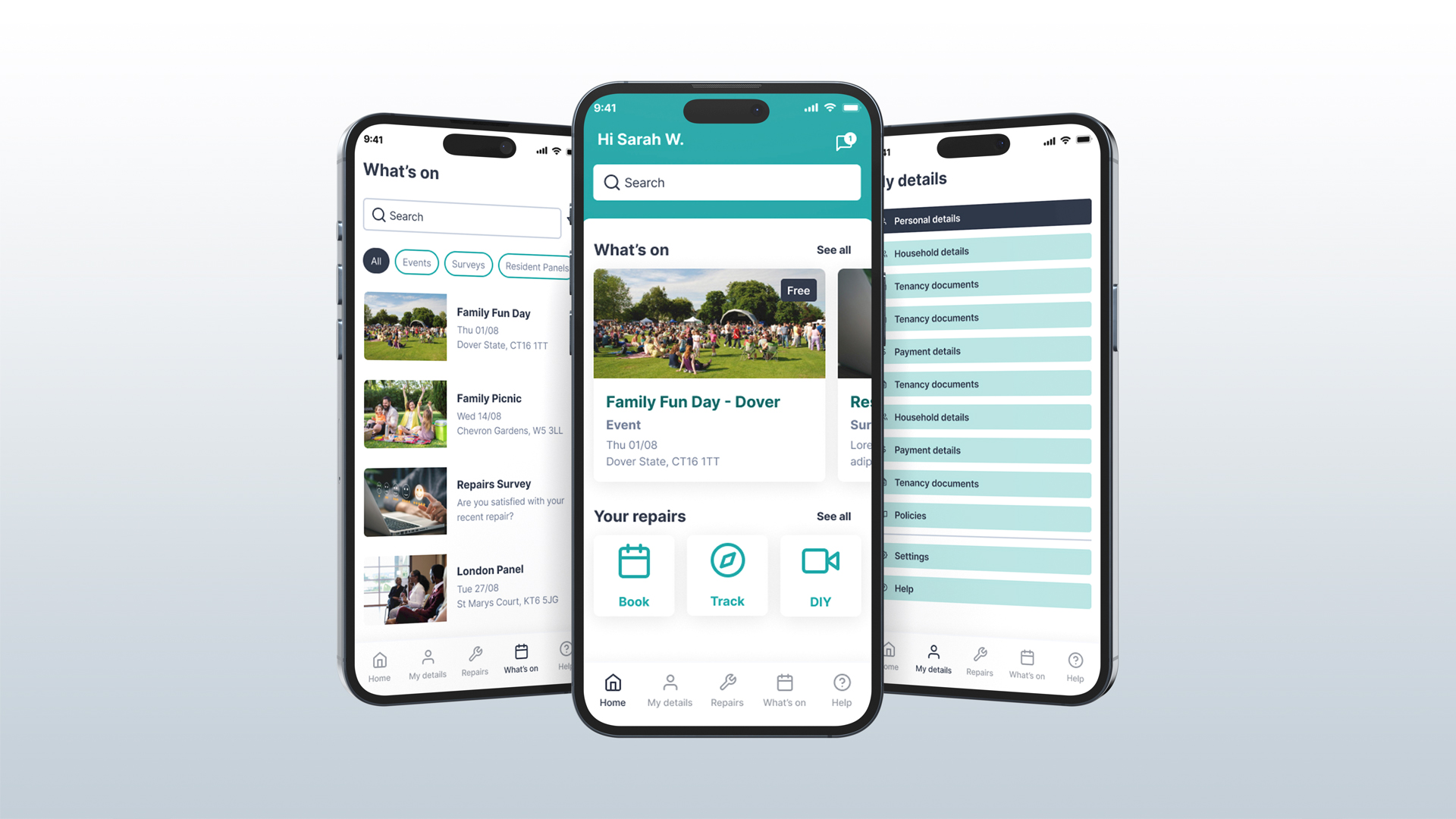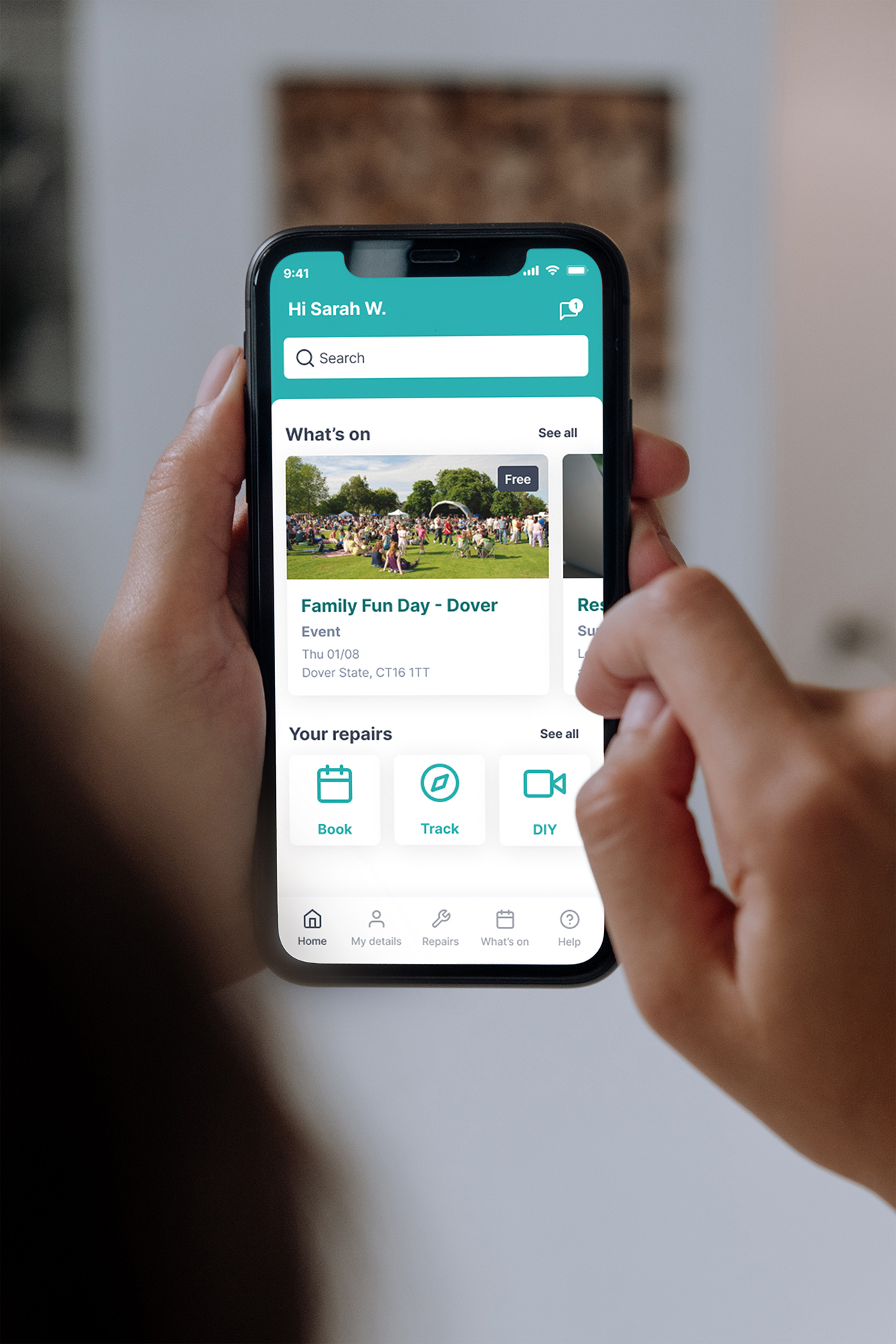The challenge.
Designing alternative ways of engagement that respond to residents’ needs and motivations.
Housing Associations (HAs) are non-profit organisations that rent homes to people who cannot afford full market rents or people with particular needs. The HA decision-making involvement framework was time and commitment intensive, and not accessible or desirable for many residents. For example, a Sussex resident attending Resident Strategy Group will have a three-hour meeting, sandwiched by a two-hour journey each way. That’s seven hours on a weekday. Not all residents were able to attend this type of meeting.
The engagement framework meant that the HA lacked representatives from certain demographics to help the organisation shape its services. Hence, it realised it needed to offer alternative ways of engagement that responded to different residents’ needs and motivations.

The approach.
Challenging the culture of the organisation to deliver innovation.
The HA was about to implement a technical solution to a more complex problem: for example, buying an app that could give residents points for filling out surveys. The organisation already had in place two digital channels: a housing management app and a customer website. An additional app just to ‘respond to surveys’ (especially considering that the HA digital channels were not user-friendly) was not a solution that responded to resident needs.
Why would residents like to sign up for a Resident Involvement app? There was a lot of user research to be done before starting to shape a digital solution. That was where user researchers and service designers worked together to empower the organisation to shape its digital transformation.

Understanding what users want from a digital engagement solution.
As a senior service designer, I led the project team through a design journey using the Double Diamond (Design Council) as a framework for the research.
During a 6-month project, the team ran workshops with residents and staff, interviewed hard-to-reach residents, and sent out a comprehensive online survey with outstanding response rates.
The data gathered through the Discovery and Define phases was very robust. That gave us a very close idea of what users wanted from a digital engagement solution.
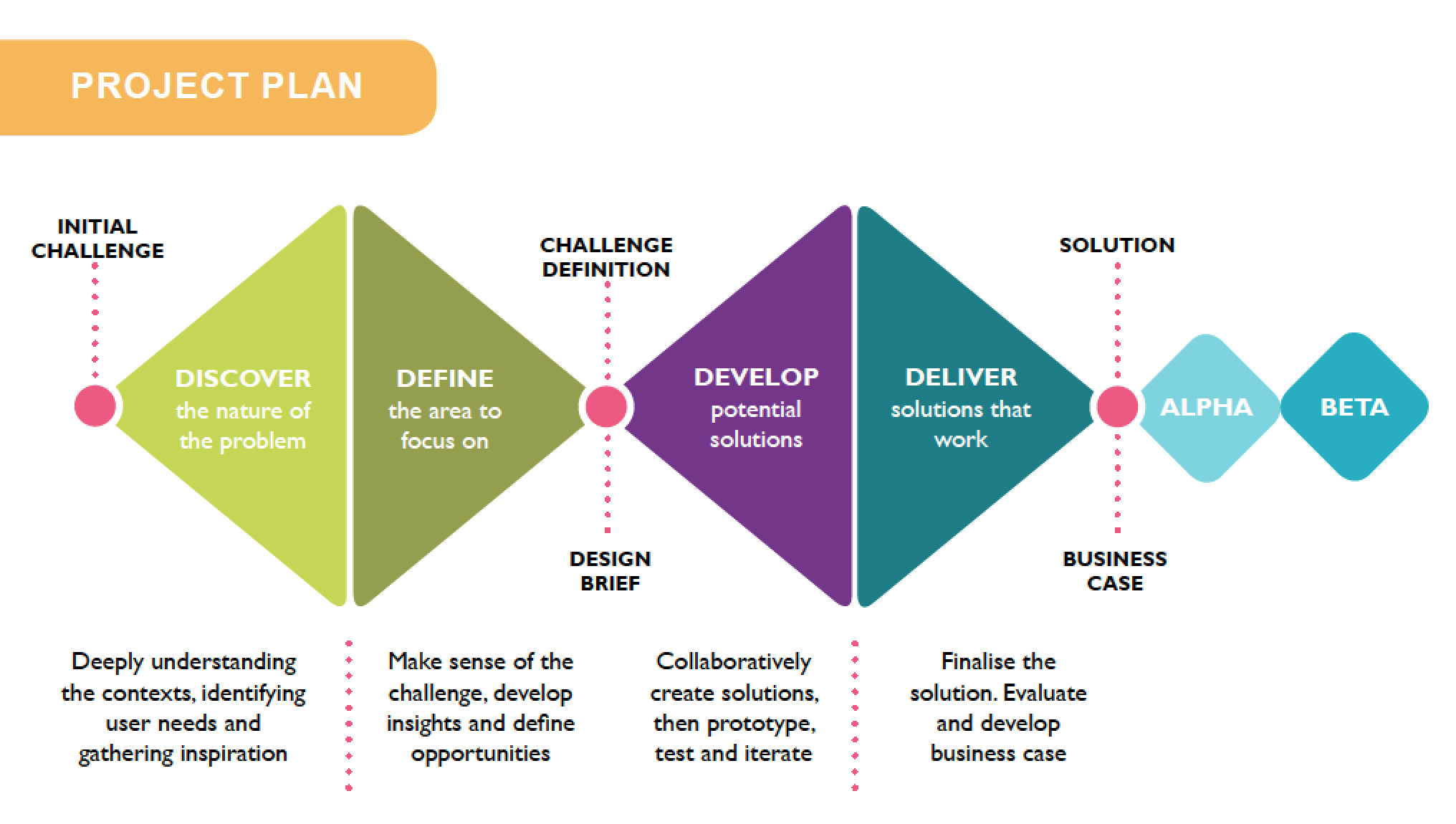
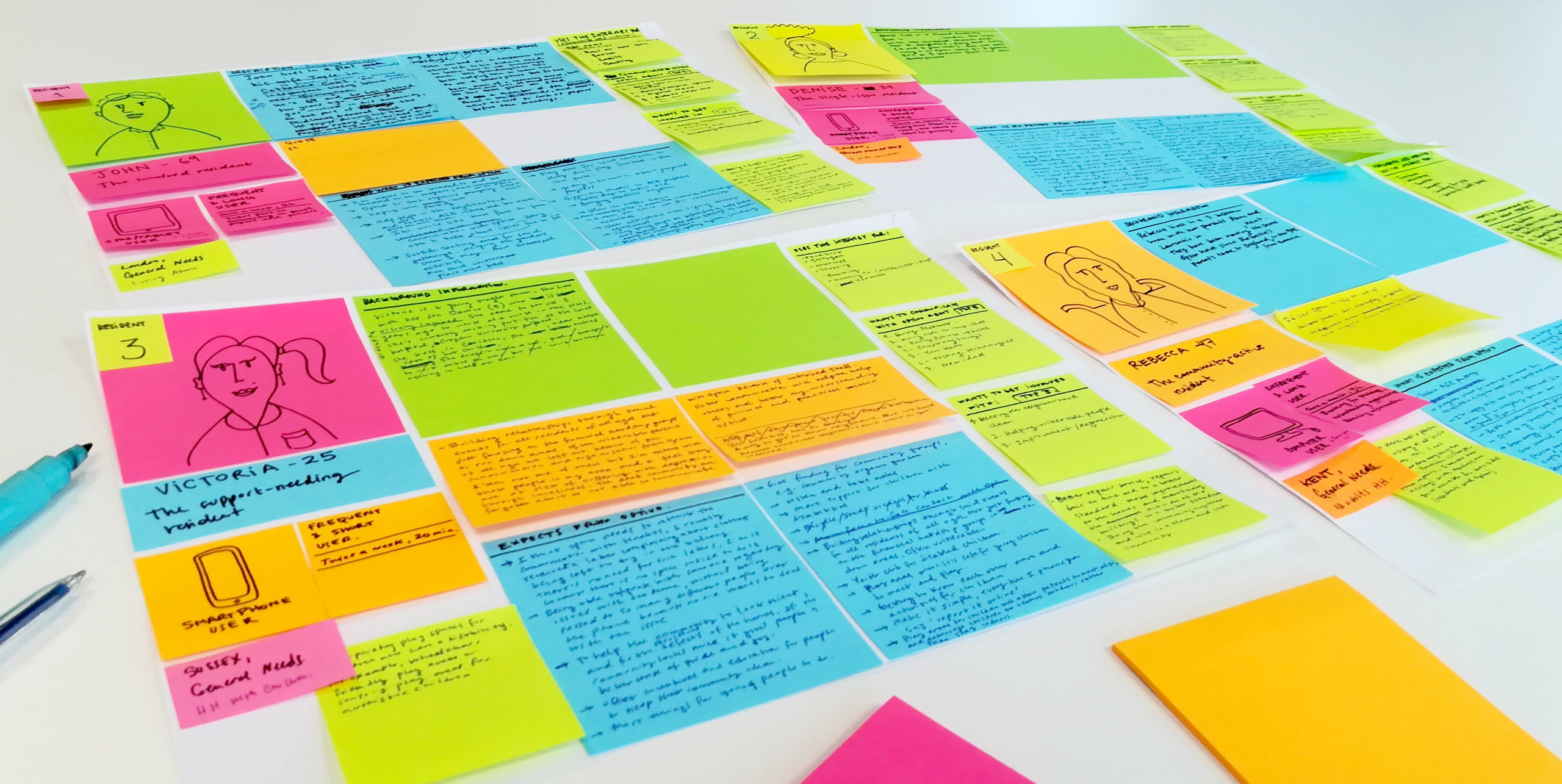

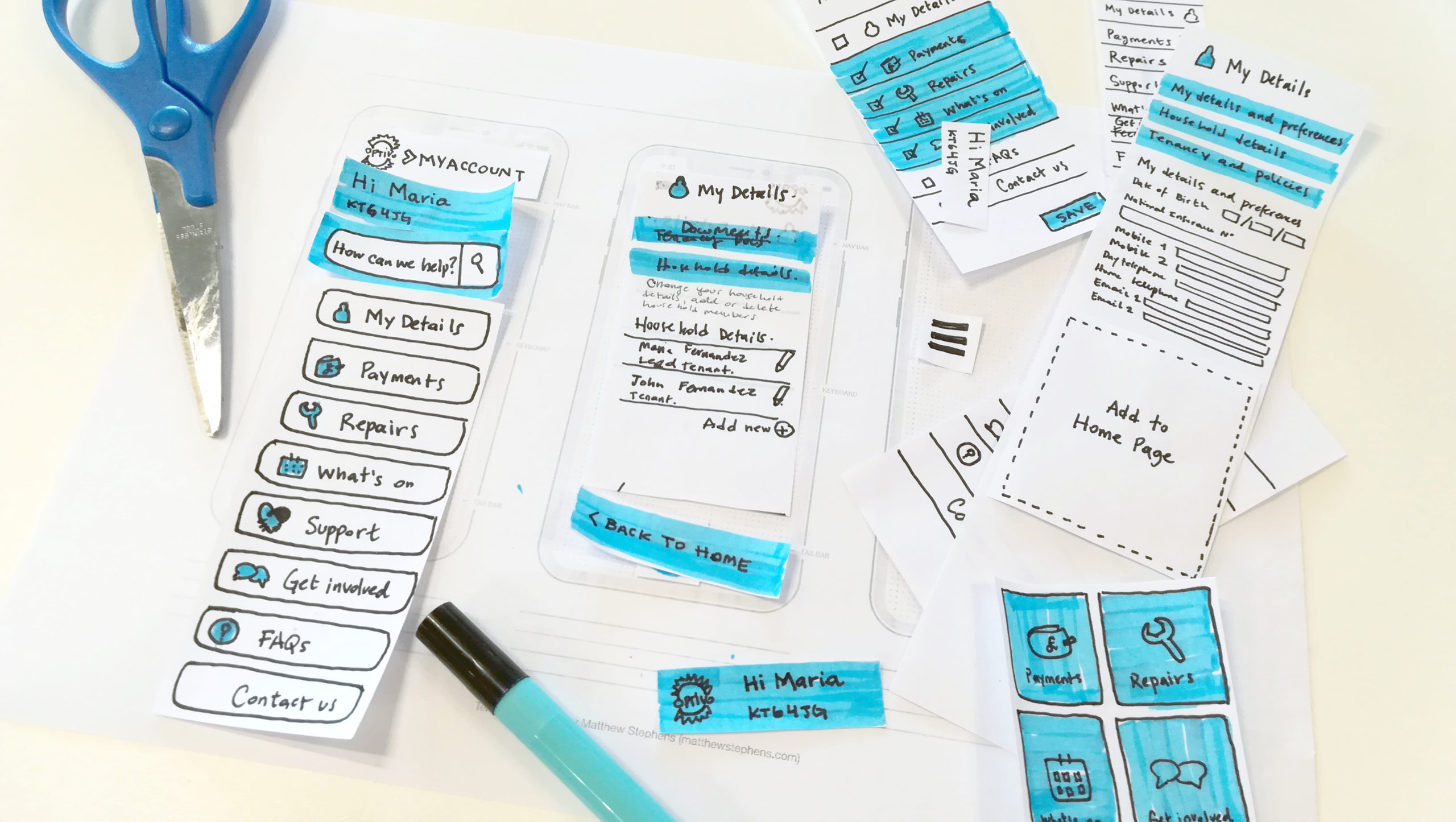
The results.
- The project helped redesign the organisation’s strategies for Resident Involvement, Customer Experience and Technology.
- Co-designing with residents and staff led to wider stakeholder adoption and engagement.
- The organisation then had a clear roadmap for its digital transformation and could start procuring a technical solution.
